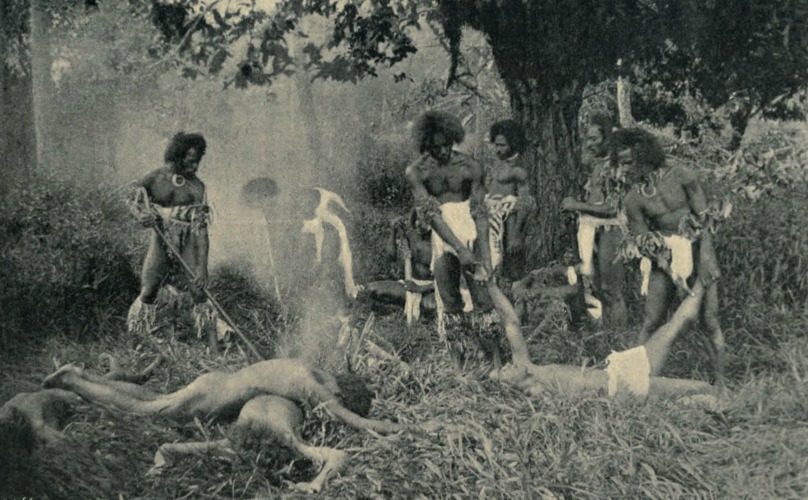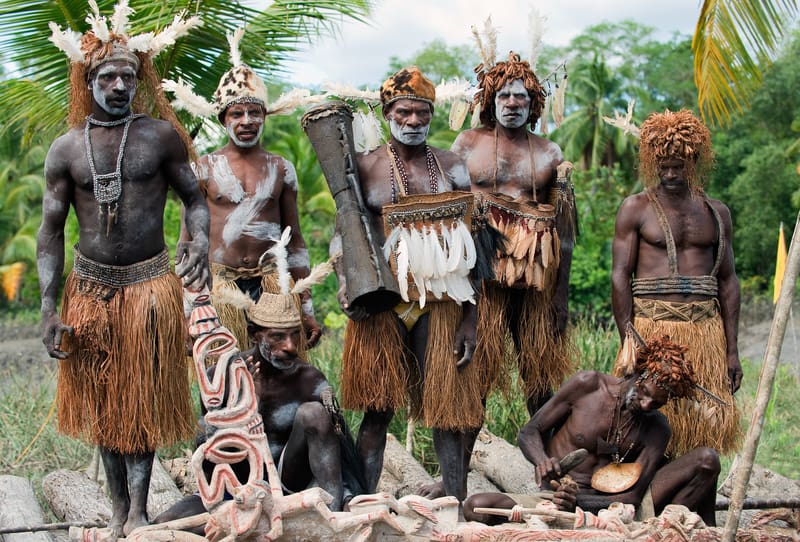
First Reports

The first conversation about kuru in the Western ears happened from Australian administrators who were traveling through the lands of the Fore: “The first sign of impending death is a general debility which is followed by general weakness and inability to stand. The victim retires to her house. She is able to take a little nourishment but suffers from violent shivering. The next stage is that the victim lies down in the house and cannot take nourishment, and death eventually ensues.”- W. T. Brown
Women And Kids

During the most extreme times, 2% of deaths in the Fore villages were because of kuru. The disease mostly affected women and kids where some villages have lost almost all of their women. Fore men had been taught that eating the deceased during wars and conflicts made them weak, so mostly children and women are the dead. Even further, kids and women took care of the dead bodies so the chance of infections was higher.
Symptoms Of Kuru
![[Human brain]](https://newsd.co/wp-content/uploads/2018/06/human-brain.jpg)
Kuru is known to have a long incubation period during which it does not show any symptoms. This asymptomatic period usually goes on for about 5-20 years, but, for some cases, it could drag on for over 50 years. When the symptoms start to appear in the physiological and neurological, it can be separated into three phases.
3 Phases

The symptoms that show that someone has kuru can be split into three phases.
Headaches
Joint pain
Shaking
Loss of balance
Deterioration of speech
Decreased muscle control.
Sedentary stage
Become incapable of walking
Loss of muscle coordination
Severe tremors
Emotional instability – depression with outbursts of uncontrollable laughter.
Terminal stage
Cannot sit without being supported
Virtually no muscle coordination
Unable to speak
Incontinent
Difficulty swallowing
Unresponsive to surroundings
Ulcerations with pus and necrosis (tissue death).
Death During 2 Years

Usually, the person getting infected by this disease will expire between 3 months and 2 years after the symptoms begin to show. Before the symptoms show, the people affected by kuru do not show any signs of weakness or unusual behavior. The ultimate death is also mostly caused by pneumonia or infected pressure sores.
More Or Less Disappeared

Kuru has more or less fully disappeared. In the 1950s, The colonial law enforcement of Australia and Christian missionaries contributed to the reduction of the death caused by cannibalism of the Fore people. After they could get the people to stop with their ill practices, the infection between members of the tribe was lessened. The last victim that died of kuru passed away back in 2005.
